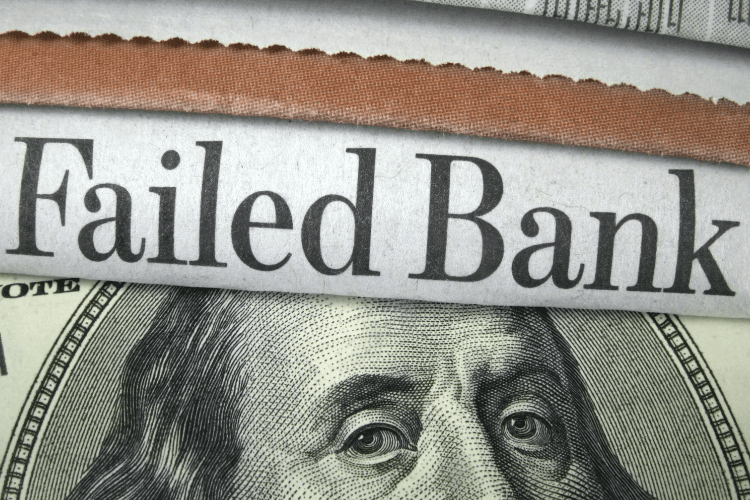Step-by-Step Guide to the Debt Snowball Plan for Debt Relief

If you’re putting together a plan to get out of debt, by now you’ve heard of two popular methods: debt snowball and debt avalanche.
Both are effective techniques to help you strategize how you want to pay off debt but require a little explanation to fully understand.
Below you can find everything you need to know about the debt snowball approach, and you can find more on the avalanche method here.
The Debt Snowball Plan
Where Do I Start?
It’s one thing to say you want to get out of debt and another thing to start doing it. For many people, it can be difficult to know where to start which can delay the process.
The debt snowball plan can motivate you to set a starting point, plan goals over time, and see a debt-free future. Regardless of interest rates, the debt snowball method says you should pay off your bills from smallest to largest. It’s simple, it can keep you focused, and it makes small victories the motivation to keep you track.
While you should continue to make the monthly minimum payments on your outstanding debts, any extra cash you have each month should be put toward the smallest remaining balance.
Every time you completely pay off one debt, you take every dollar you were paying there and move it to your next smallest debt. (That’s the “snowball.”)
What Are The Benefits?
A debt snowball works best for people with a lot of creditors, but not a ton of actual outstanding debt. If you have credit card debts, personal loan debts, medical bills, or car bills, all of those would make sense in your snowball.
Getting out of debt is a stressful process, but the snowball method can make it feel more rewarding. Every time you pay off one balance, you can check an item off your list and constantly see your progress. For many people, earning small victories like this can help motivate them to pay off the rest of their debt.
Think about it: wouldn’t it be nice to gradually see the number of bills you have piling up shrink? If there were one or two fewer bills you had to worry about? It can take a real weight off your shoulders.
Plus, a debt snowball naturally builds up momentum over time. Each time you knock out a bill, you free up more extra cash to pay off your next smallest one. This cumulative effect is another encouraging part of the debt snowball that helps you constantly see the progress you’ve made.
What Are The Downsides?
While the debt snowball is effective and encouraging, it’s not exactly efficient. By organizing your debts by size, you end up ignoring high-interest rates that can cost you a lot of money over time.
Even with an effective snowball, it can take years to get out of debt. If you have a high-interest loan to pay back that is toward the end of your list, for example, you could end up paying more than you would have if you knocked that debt out first.
Prioritizing your debts based on interest rate is the key to the debt avalanche strategy.
Is the Debt Snowball Right For Me?
No two debt solutions are exactly the same. Everyone handles their debt differently, so you should pick a method that you think best fits your plan and personality.
Getting out of debt will be a grind, and a debt snowball makes that feel a little easier. If you think the encouragement of the snowball method would help motivate you to stick to the plan, then start rolling. You might end up losing a little extra money but you can take pride in the fact that you worked hard and ended your debt.
In the end, motivation is key. The worst case scenario would be getting discouraged and falling further behind on your debts. For help staying on track, check out our step-by-step guide on getting out of debt for good.










